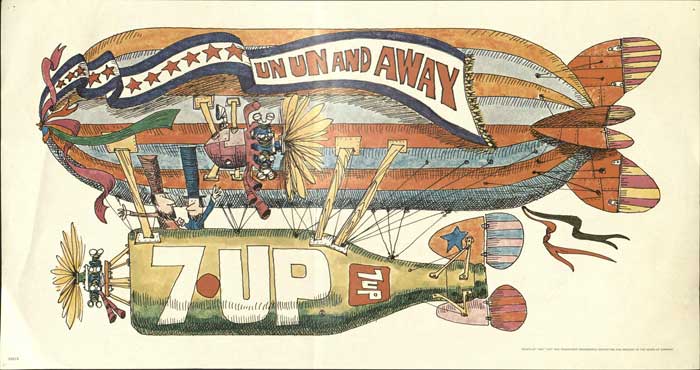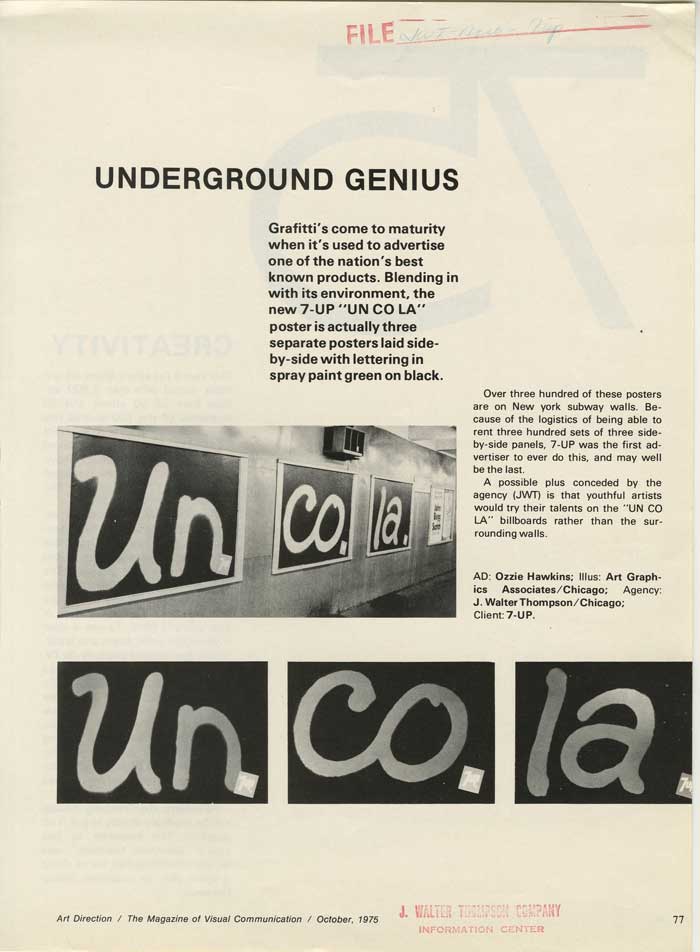Post contributed by Gia Cummings, University Archives student assistant
Among Duke’s countless unexplainable quirks are sleeping outside for a basketball game, the first-year meal plan, anything to do with the transportation system, and most mysteriously, Selective Living Groups. Prospective students are puzzled by the concept, and Duke students stammer to conjure an explanation: it functions similar to Greek life but it’s certainly not that; it’s not a club but it’s also not a friend group; you live together, but it extends beyond that—and all of these responses leave you equally as confused. Eventually, as one transitions from wide-eyed first year to aloof sophomore, the questions fall away and the social landscape becomes comprehensible. And yet, the underlying question: ‘what is an SLG?’ slips away unanswered.
Although the definition of a Selective Living Group is concrete now, it began as a nebulous idea pioneered by some innovative students of the Woman’s College, women who wanted to extend their learning into their living space. In 1961, the Women’s Student Government Association (WSGA) Council defined the reasoning for the living situation in their “Proposal for an Experimental Dormitory”:

This logic parallels modern-day defense of the selected living group system, wherein living with people of diverse backgrounds and thought processes is a learning experience in and of itself. The women of the Experimental Dorm, which was housed in the Faculty Apartments (Wilson Residential Hall) beginning in the fall of 1961, had varying academic talents and interests: they organized themselves with the intentions of pursuing academic stimulation, learning for the sake of learning rather than learning for a course. The women read common books to expand their knowledge, but they also extended the experimental aspect past their studies.

At that time, students of the Woman’s College had strict curfews and restrictions regarding their social lives and freedom, and the women of the Experimental Dorm took on an unprecedented level of self-governance. They requested self-monitoring on the tracking of their movements, along with control over the rules in their own house, and adopted a government-like structure that resembles the House Councils that each dorm currently has, with assistance from older (male) faculty members. The members organized a flexible leadership system that included rotating chairmanship and standing committees to address particular issues–including monetary ones, given that the members paid dues to be a part of this community. In this sense, and the selection process, the Experimental Dorm distinguished itself from the residential Corridors that would soon follow.
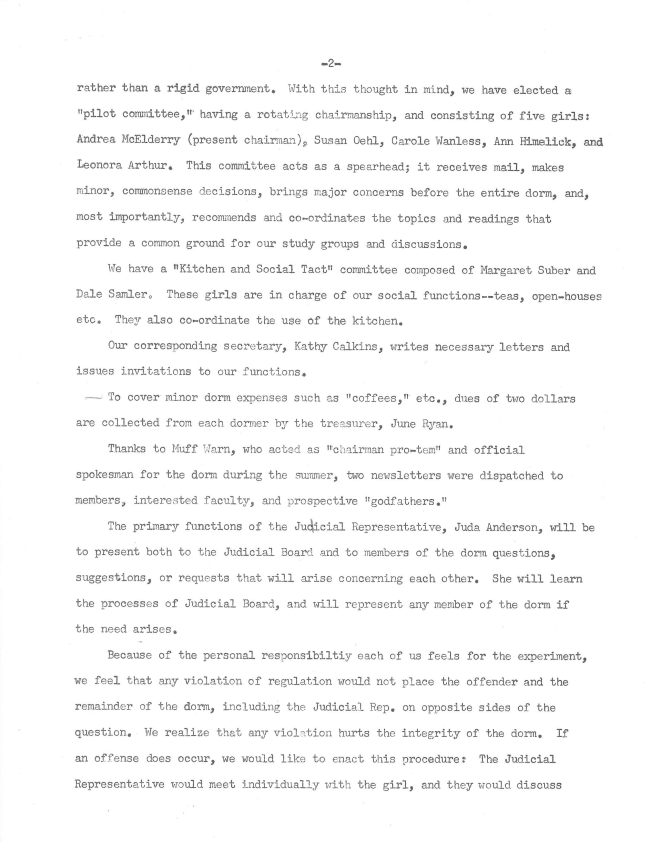
Although the vision of the Experimental Dorm prioritized “intellectual orientation”, they were intentional in not pursuing a specific academic community (like the later Corridors); in fact, the girls aimed to acquire a diverse group of interests in order to promote mental stimulation. As was recognized by these women, learning stems from exposure to new concepts and ideas; they aimed to choose members that stimulate one another. This aspect was evident in the fact that the Experimental Dorm took applications followed by interviews, attempting to select candidates who reflected a passion for learning. As the women outlined in their selection guidelines, their criteria specifically stated that they did “not want grade point averages or other specific records to be used in judging the girls” and that “each choice would be made on an individual basis,” with diverse interests being of particular importance. This dorm set itself apart by incorporating a social aspect along with an academic one: the Experimental Dorm was designed to create a community, not just a study group. In this sense, the ancestry of modern SLGs is clear, the creation of a group that shares similar values beyond their academic interests, designed to grow its members as people as well as students.
Selective Living Groups today are often praised for their ability to bring people together; to create a learning environment in the dormitory alongside the classroom. The origins of those aims can be traced directly to the goals of the women who began the Experimental Dorm: a project which began to create a community, but whose effects have grown to become an important aspect of student life at Duke to this day.




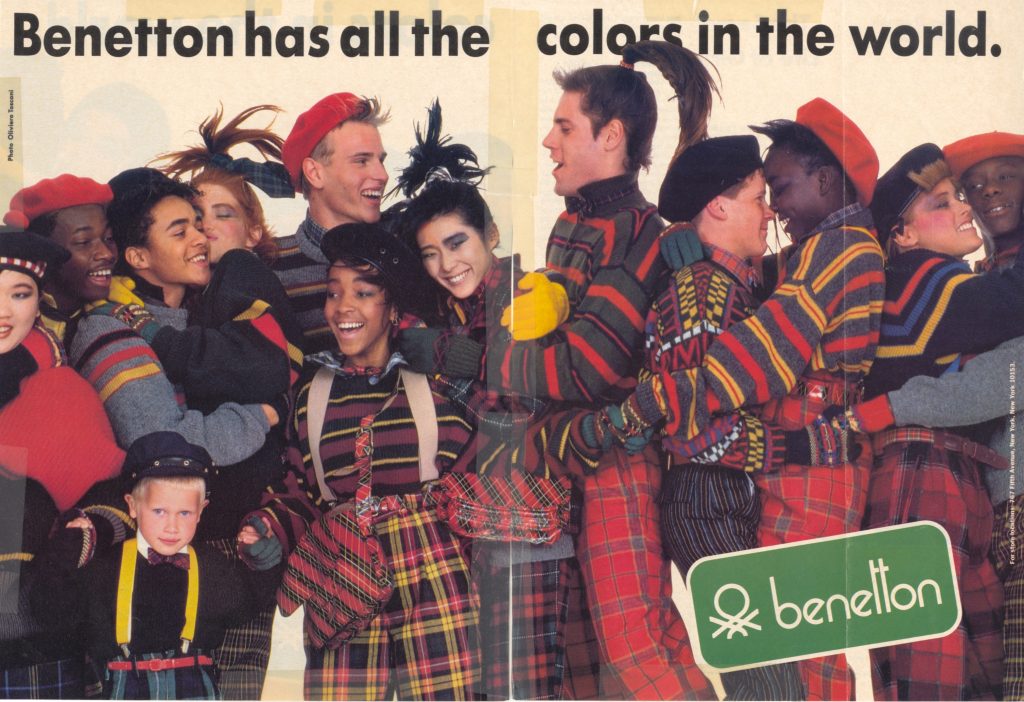

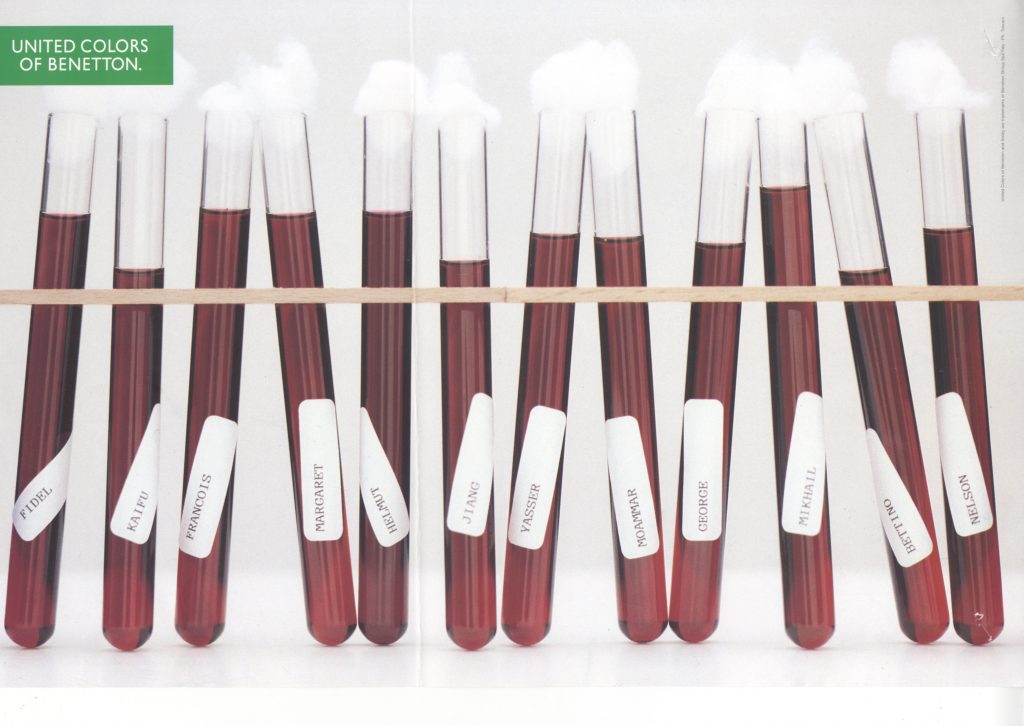 While still invoking the theme of inclusivity, the ad signaled a change in Benetton’s marketing aesthetic. In the 1990s, Benetton ads seemed to be more focused on shock value than clothing. Many of their most controversial images featured no Benetton clothing. Instead, they depicted a wide range of social and political phenomena, from soldiers in the Bosnian war, to a baby with its umbilical cord attached, to a nun and a priest kissing, to a dying AIDS activist. These advertisements were often met with backlash, calls for a boycott of Benetton goods, and, at times, with censorship. Toscani justified these ads in an
While still invoking the theme of inclusivity, the ad signaled a change in Benetton’s marketing aesthetic. In the 1990s, Benetton ads seemed to be more focused on shock value than clothing. Many of their most controversial images featured no Benetton clothing. Instead, they depicted a wide range of social and political phenomena, from soldiers in the Bosnian war, to a baby with its umbilical cord attached, to a nun and a priest kissing, to a dying AIDS activist. These advertisements were often met with backlash, calls for a boycott of Benetton goods, and, at times, with censorship. Toscani justified these ads in an 

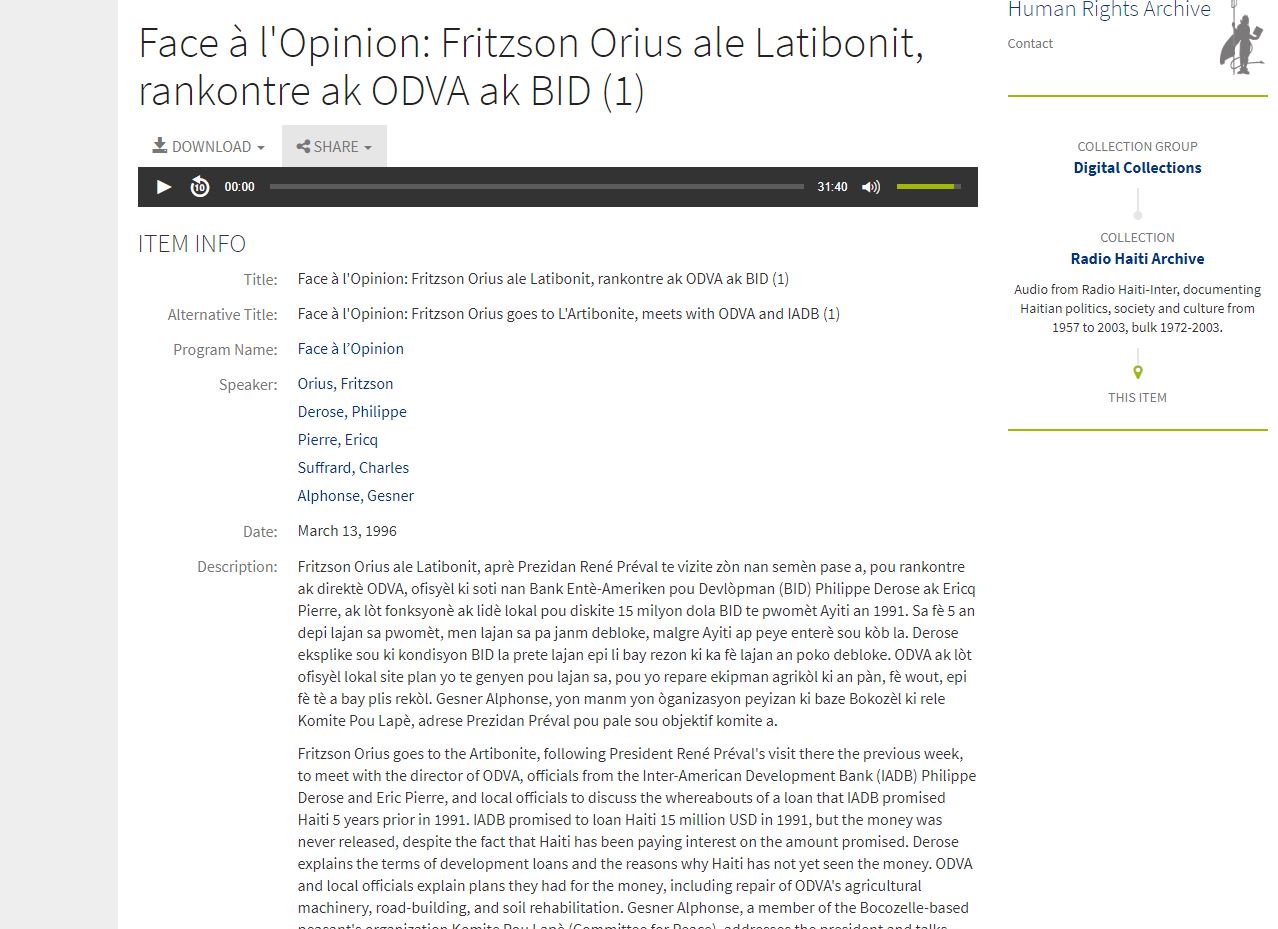

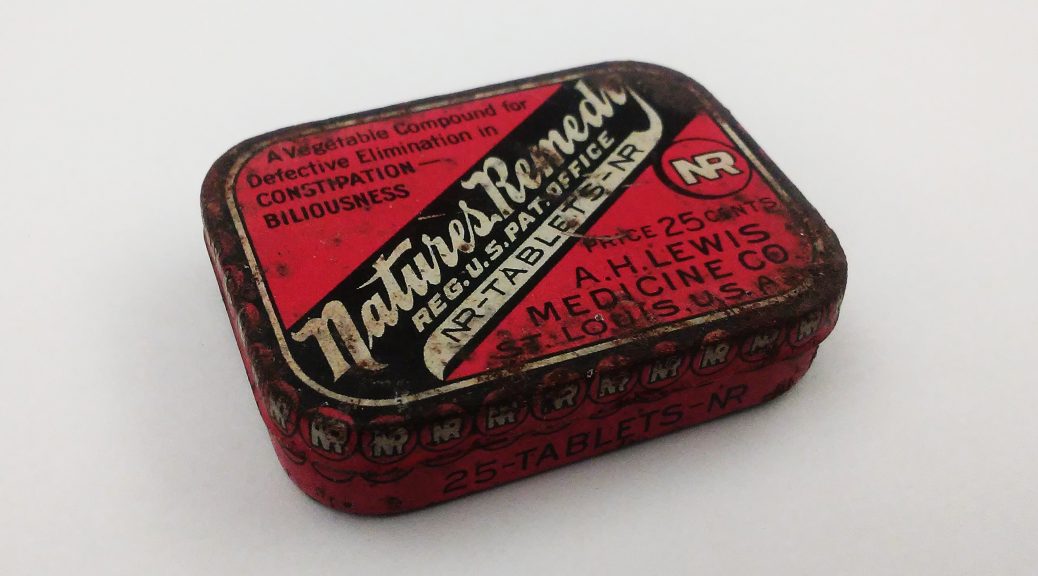
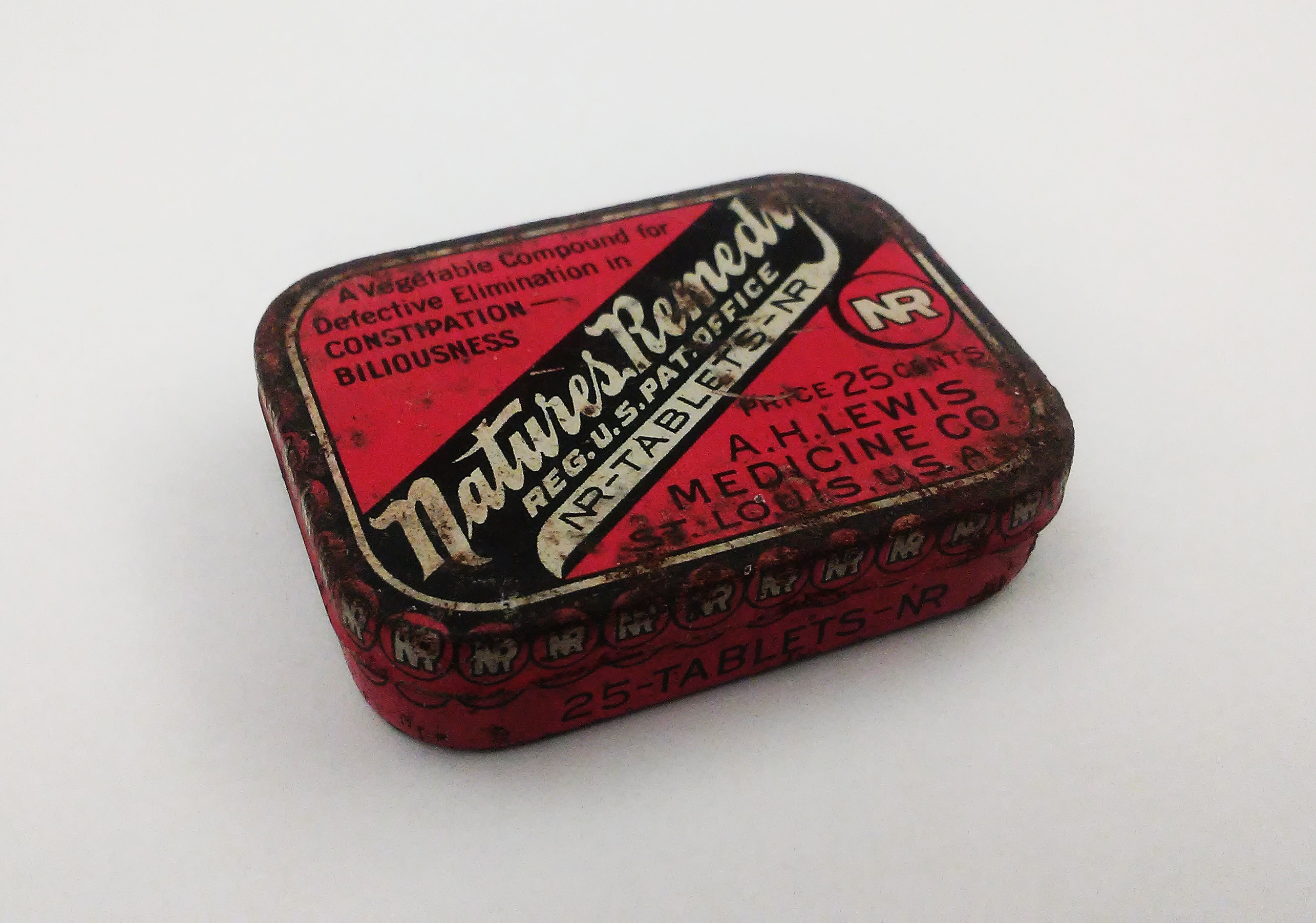
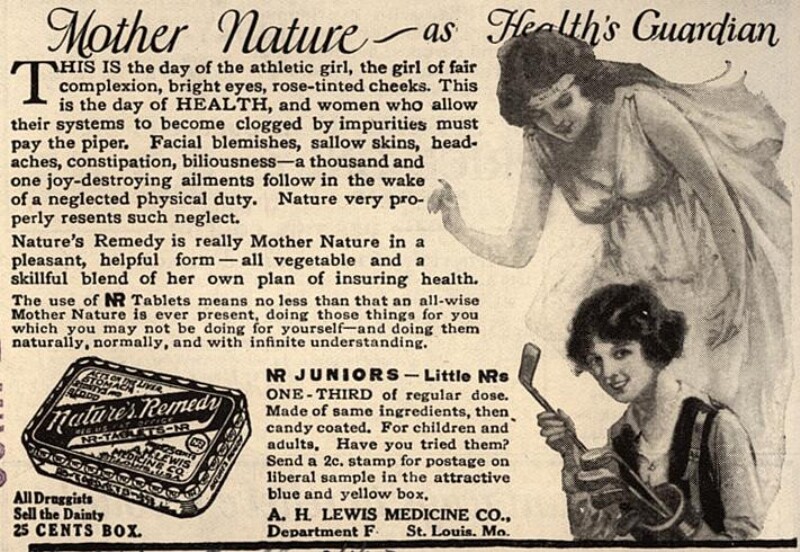
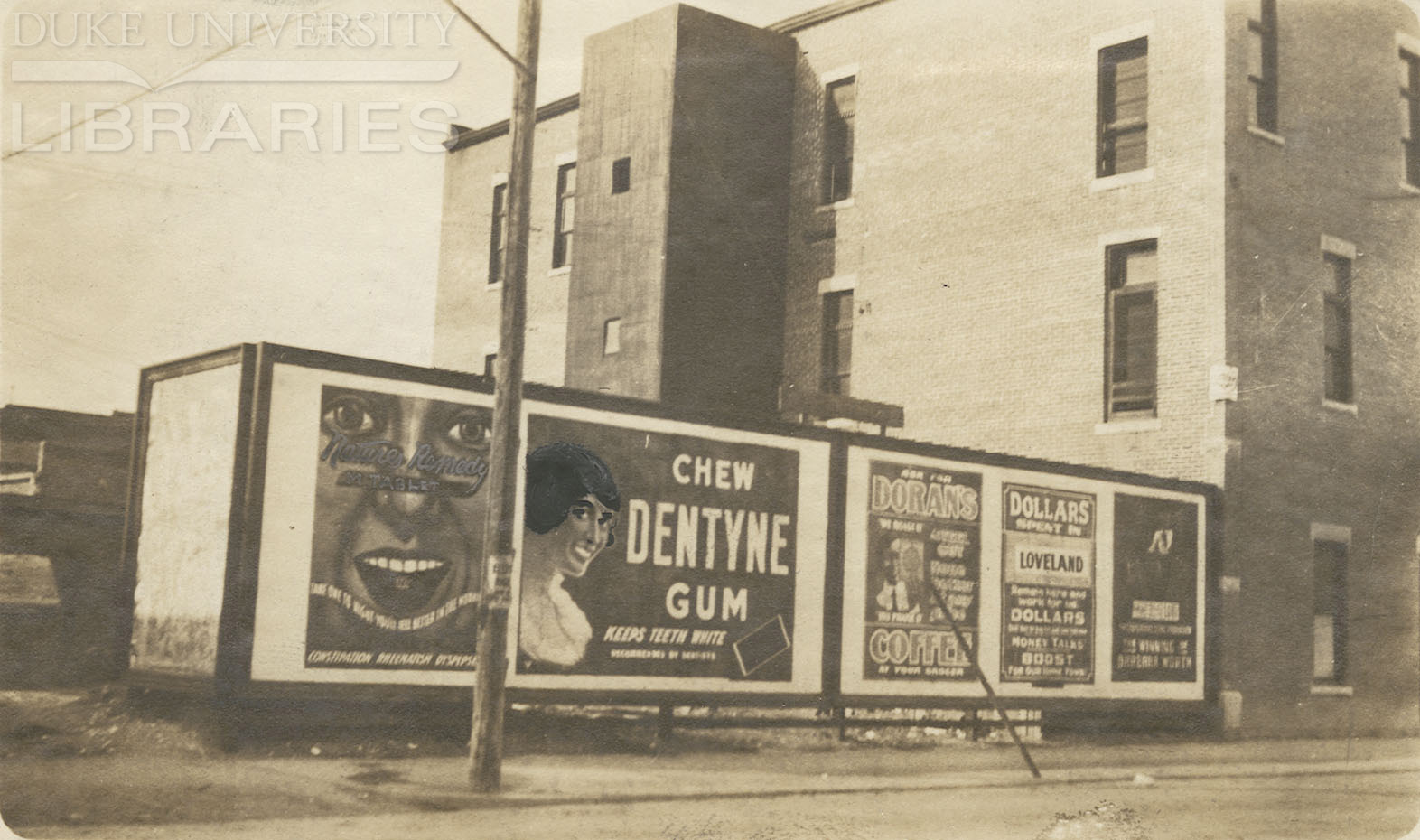
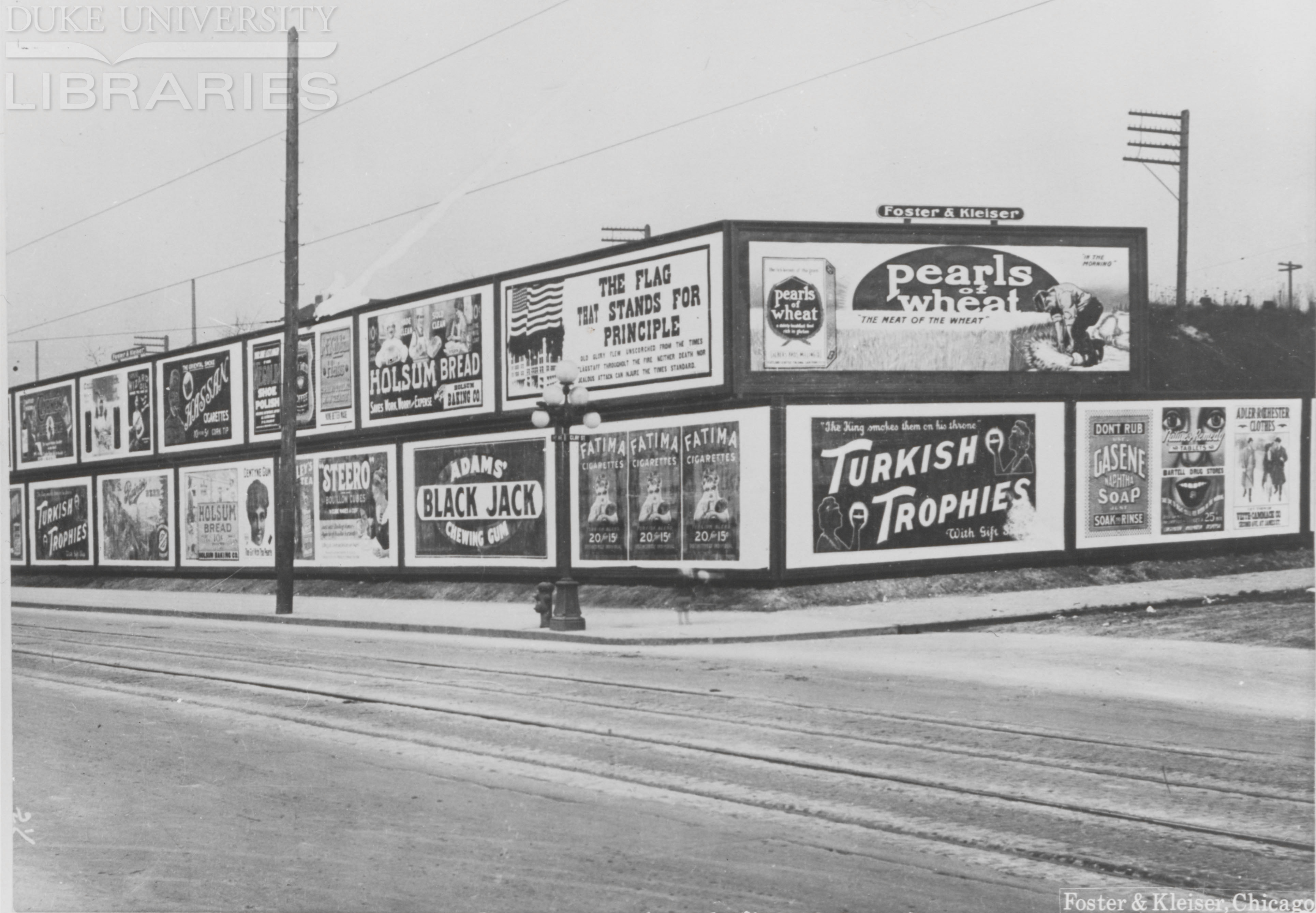
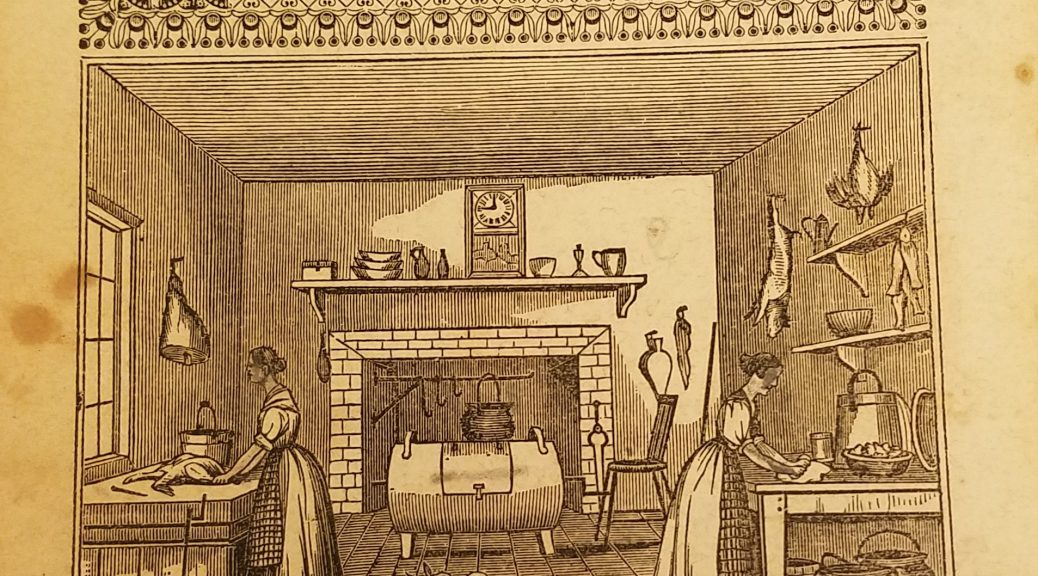



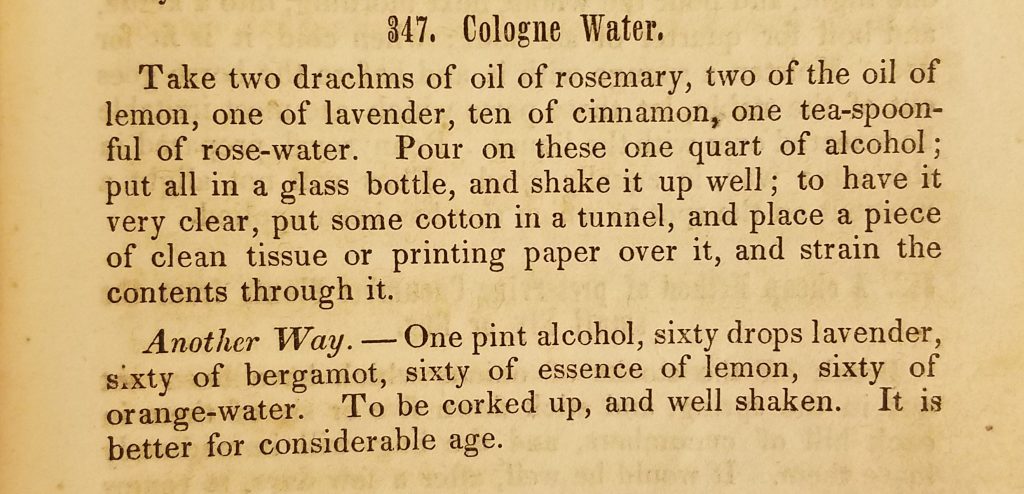


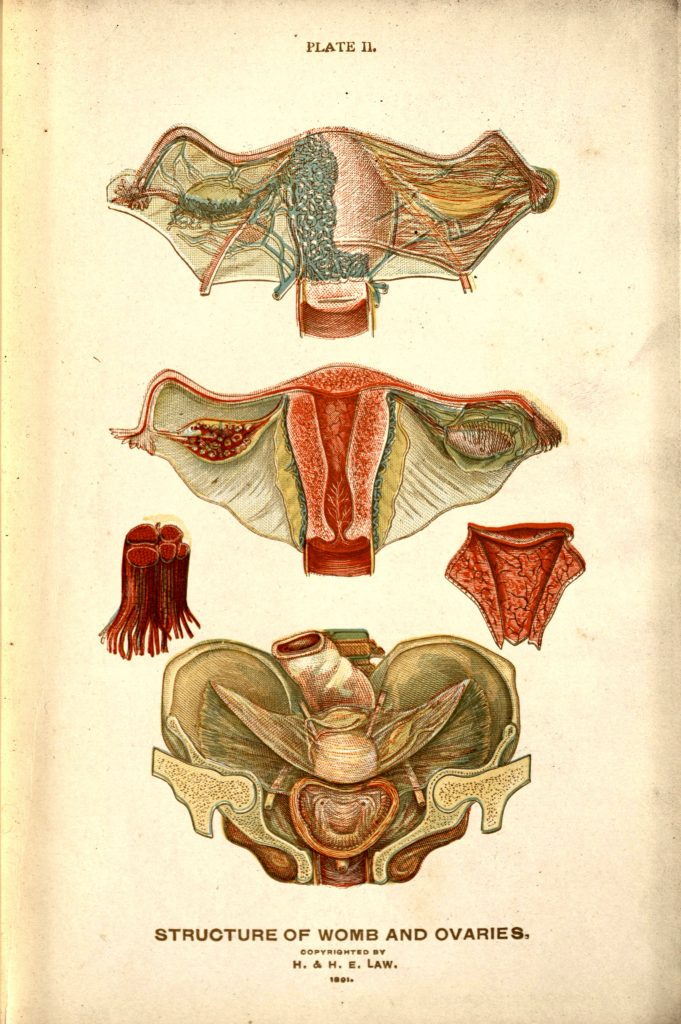



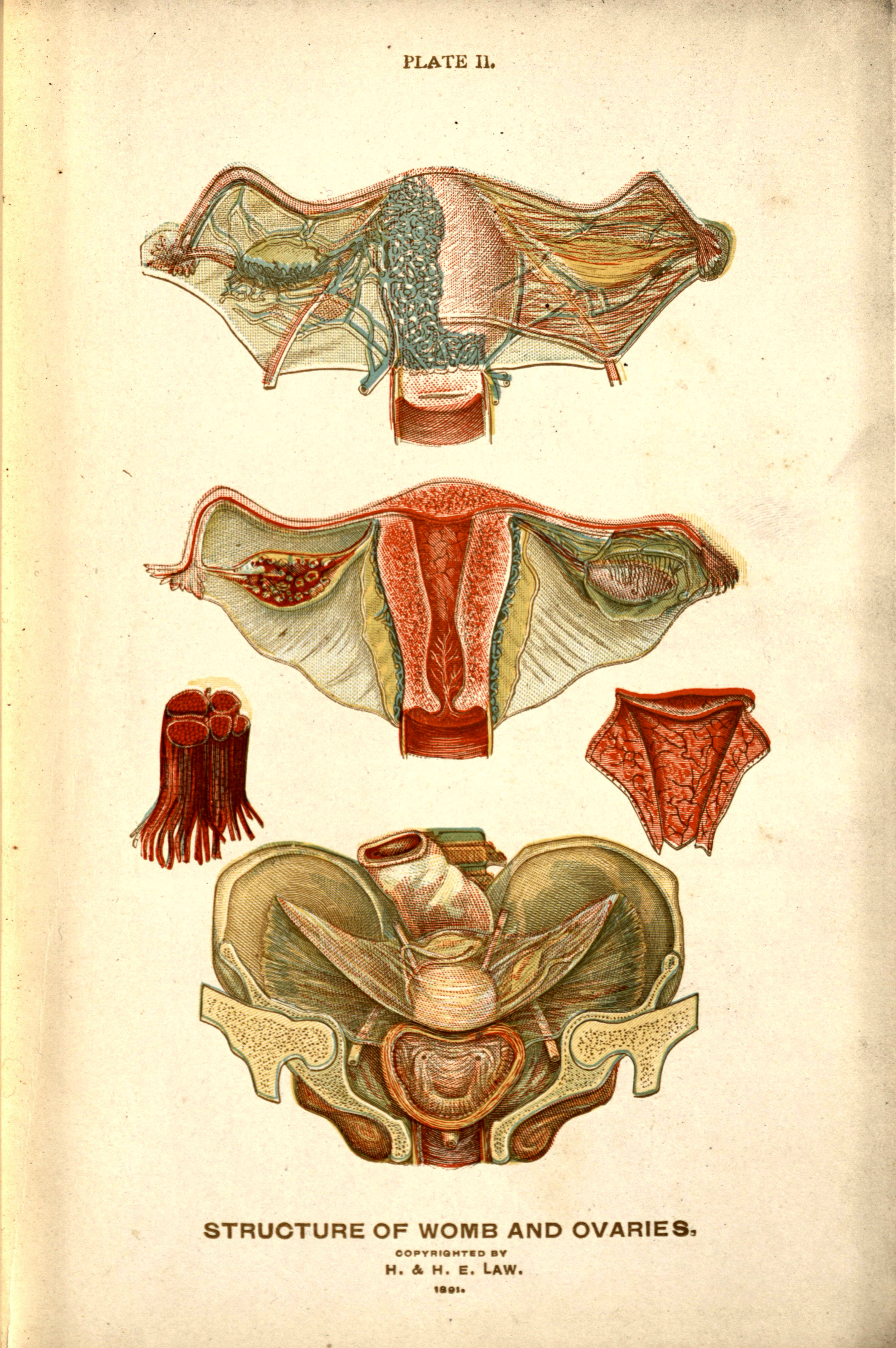
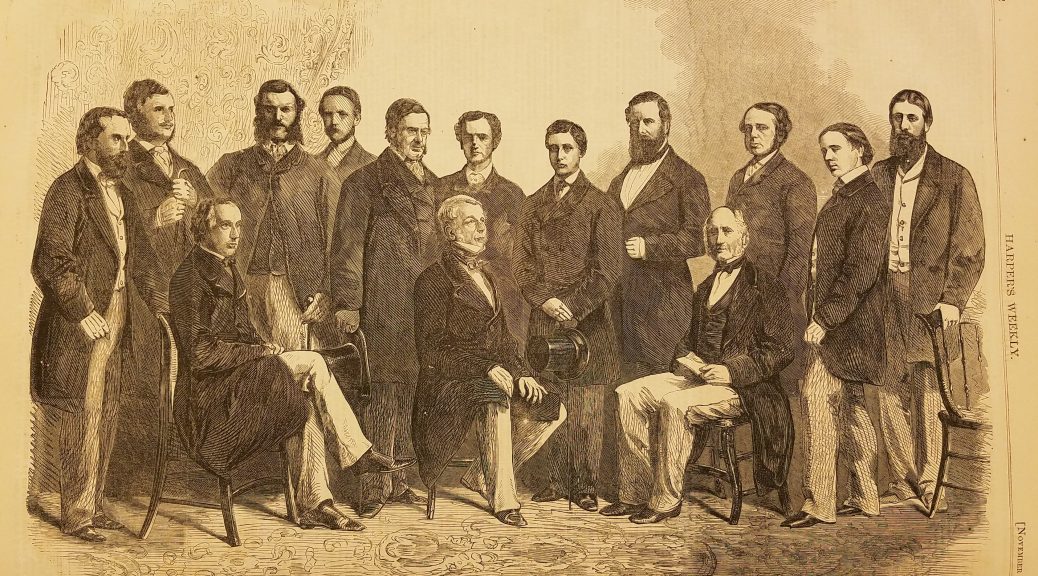
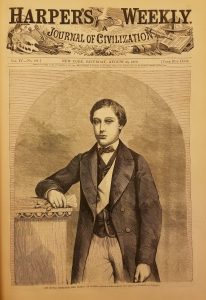


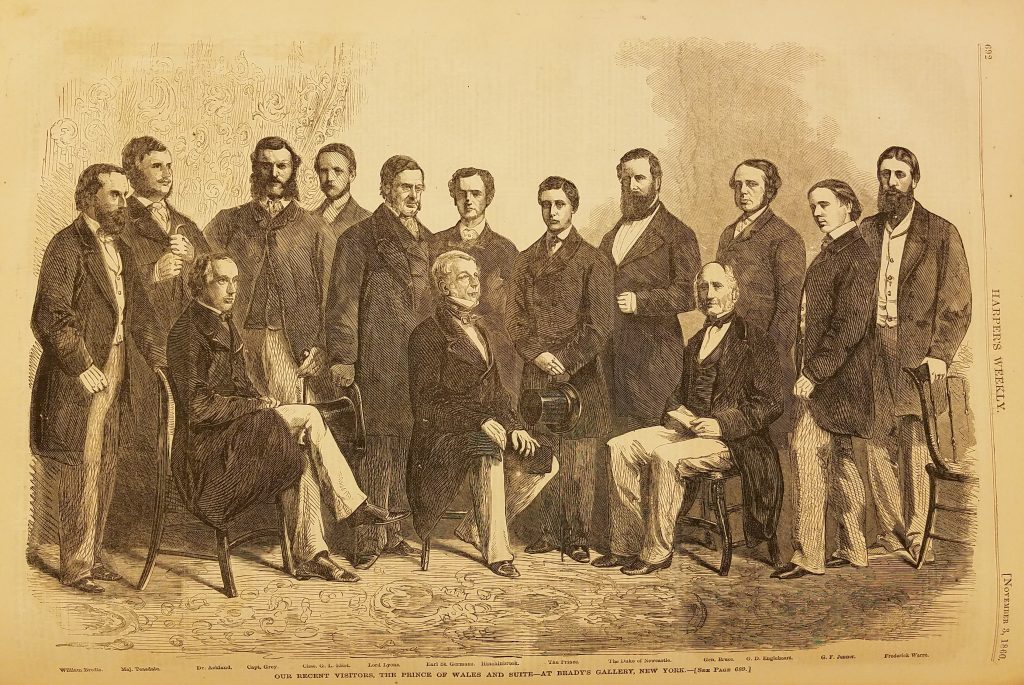

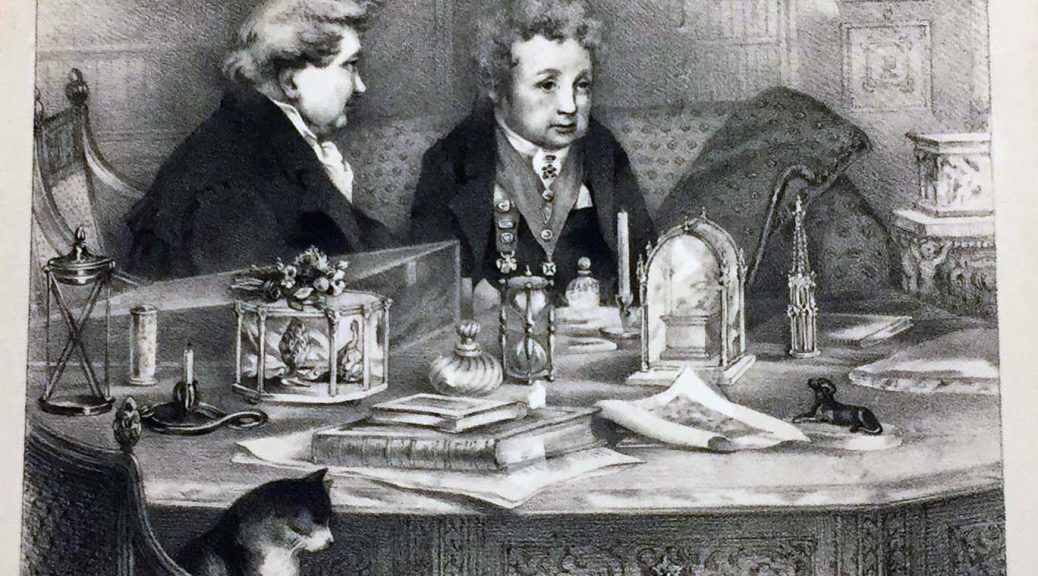
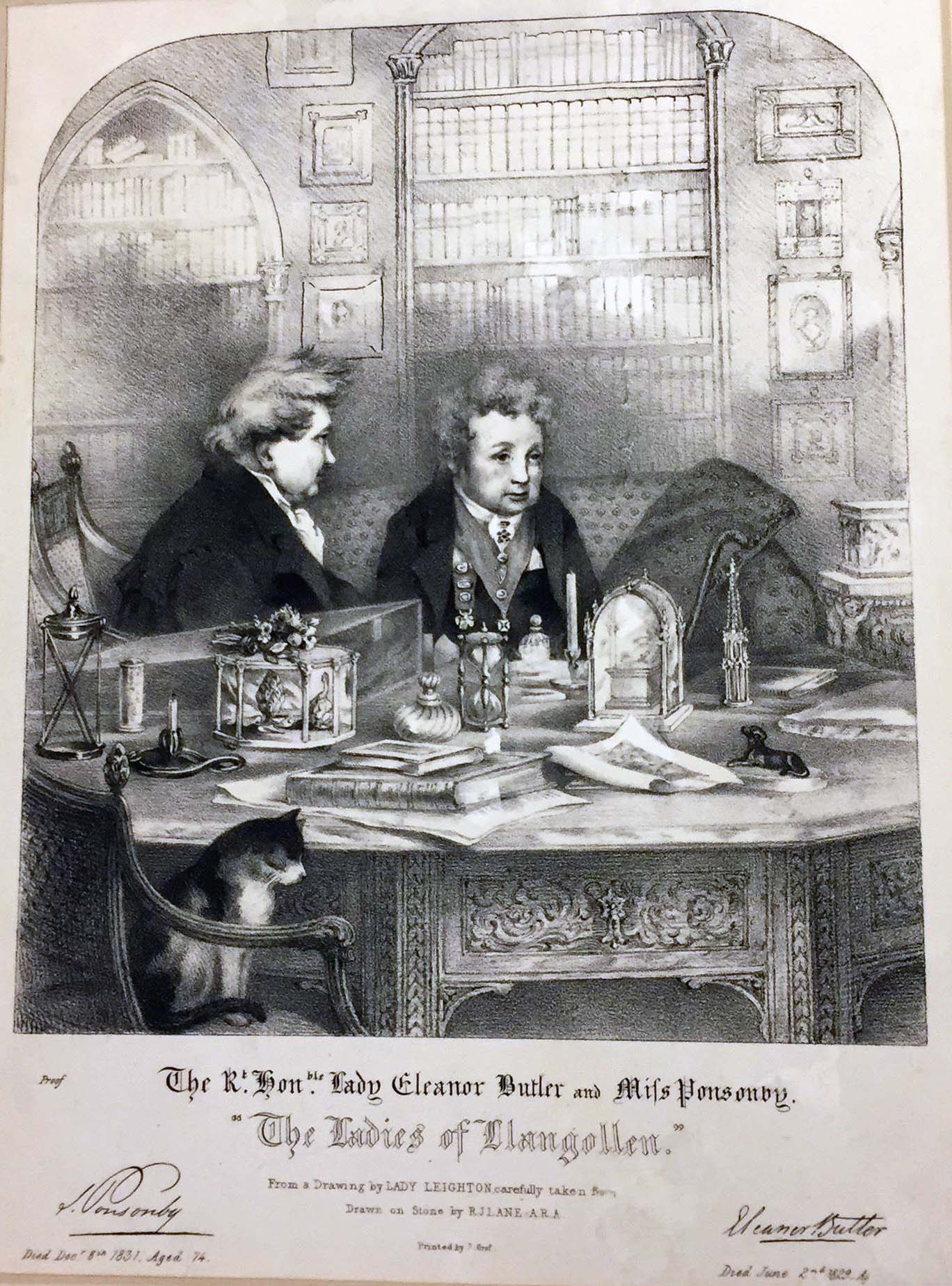


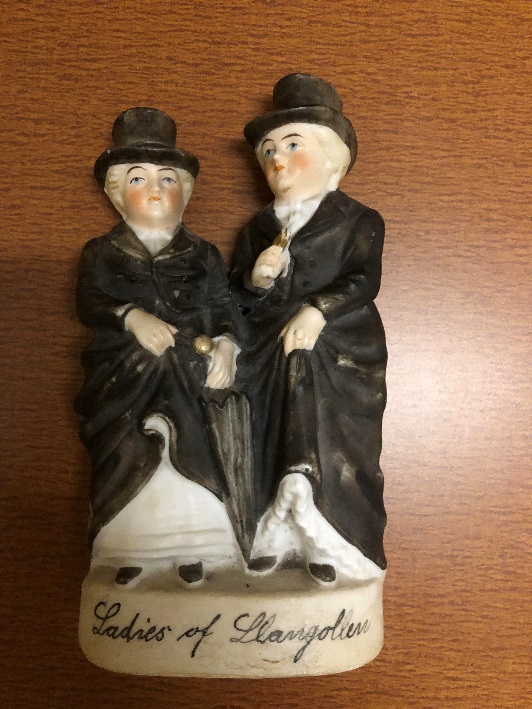
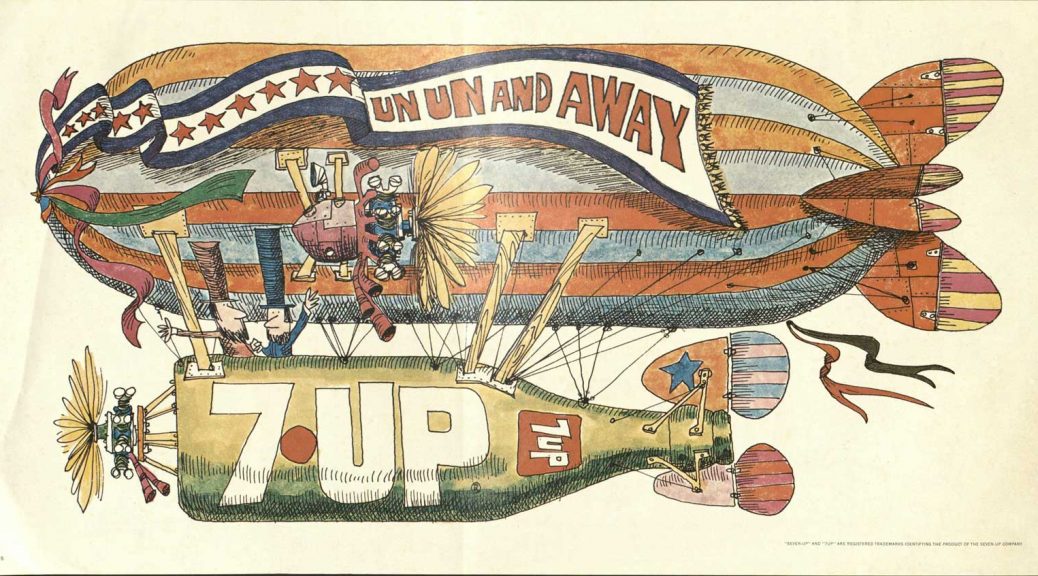
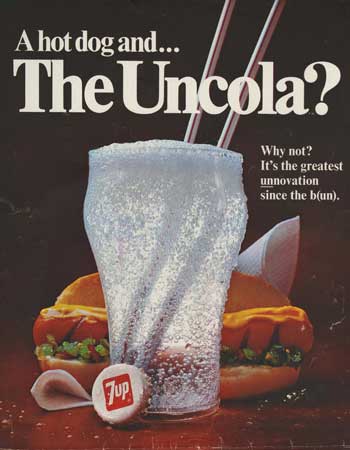 The “Uncola” struck a chord with the younger generation as the first ads appeared in 1968. They focused on puns based around “un” part of the new slogan. By portraying Coke and Pepsi as “the Establishment,” JWT effectively situated 7-Up as an alternative brand for alternative people.
The “Uncola” struck a chord with the younger generation as the first ads appeared in 1968. They focused on puns based around “un” part of the new slogan. By portraying Coke and Pepsi as “the Establishment,” JWT effectively situated 7-Up as an alternative brand for alternative people.